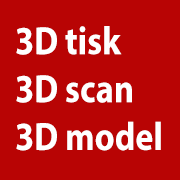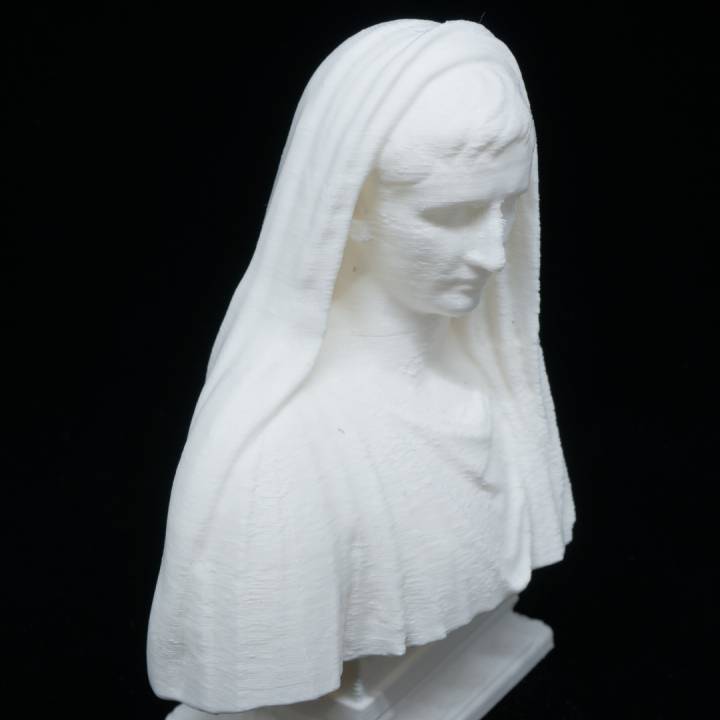
Reklama
3D tiskárny



AONN.cz
Sp┼Ö├ítelen├ę Weby
|
3D modely ARTVia Labicana Augustus at The R├ęunion des Mus├ęes Nationaux, Paris

Title Bust of The Via Labicana Augustus Artist Unknown Roman Sculptor Date After 12 BC Medium Marble Dimensions Height, 56.5 cm Accession # Inv 56230 Credit Found on the slopes of Oppian Hill in the Via Labicana This large marble sculpture was given its name after being found in the Via Labicana, an ancient road of Italy leading east-southeast from Rome. The road entered Rome through the Aurelian walls via the ancient monumental gate of Porta Prenestina where the sculpture could have originated from. The sculpture is also known as Augustus as The Pontifex Maximus, the high priest of the College of Pontiffs in Ancient Rome. The Pontifex Maximum was the most important position in the ancient Roman religion, open only to patricians until 245 BC, when a plebeian first occupied the post. A distinctly religious office under the early Roman Republic, it gradually became politicized until, beginning with Augustus, it was subsumed into the Imperial office. After Julius Caesar´s assassination in 44 BC and Marcus Aemlilius Lepidus´s political exile, Augustus was given the roint to appoint other pontifices which lead to the creation of this sculpture. It is a significant statue because it adds another aspect to Augustus´self-representation; not only is he the politcal head of the Roman Empire, he is also the religious head of it. In the Rae Gestae 19-20 he talks about all of his religious benefactions to the city of Rome, such as building temples for "Minerva, Queen Juno and Jupiter Libertas". Augustan representations in statue form are highly controlled to the extent that there are only three or four different subgroups; based on features such as the detail of the hairstyle this may be classified as one of the "Prima Porta type". As with all of Augustus´statues he is depicted in an idealizing Greek style and as much younger than his actual age at the time, as opposed to the traditional Republican Roman portraiture, which is realist in its approach. This is a bust variant of an other all full body sculpture of Augustus in the toga of The Pontifex Maximus, his head veiled and ready for a sacrifice. In the full sculpture he wears the calcei patricii (shoes reserved for Patricians), he extends his right arm to pour a libation, a cupsa (container for official documents) lies at his feet. This bust was scanned at the Casting Workshop of the Reunion des Musees Nationaux in Paris. The original sculpture is on permanent display in the Palazzo Massimo alle Terme at the National Museum of Rome. n├íhodn├Ż v├Żb─Ťr model┼»
|
©Ofrii 2012
| |||